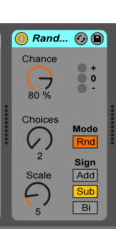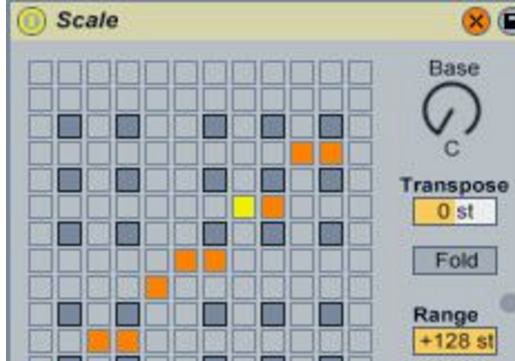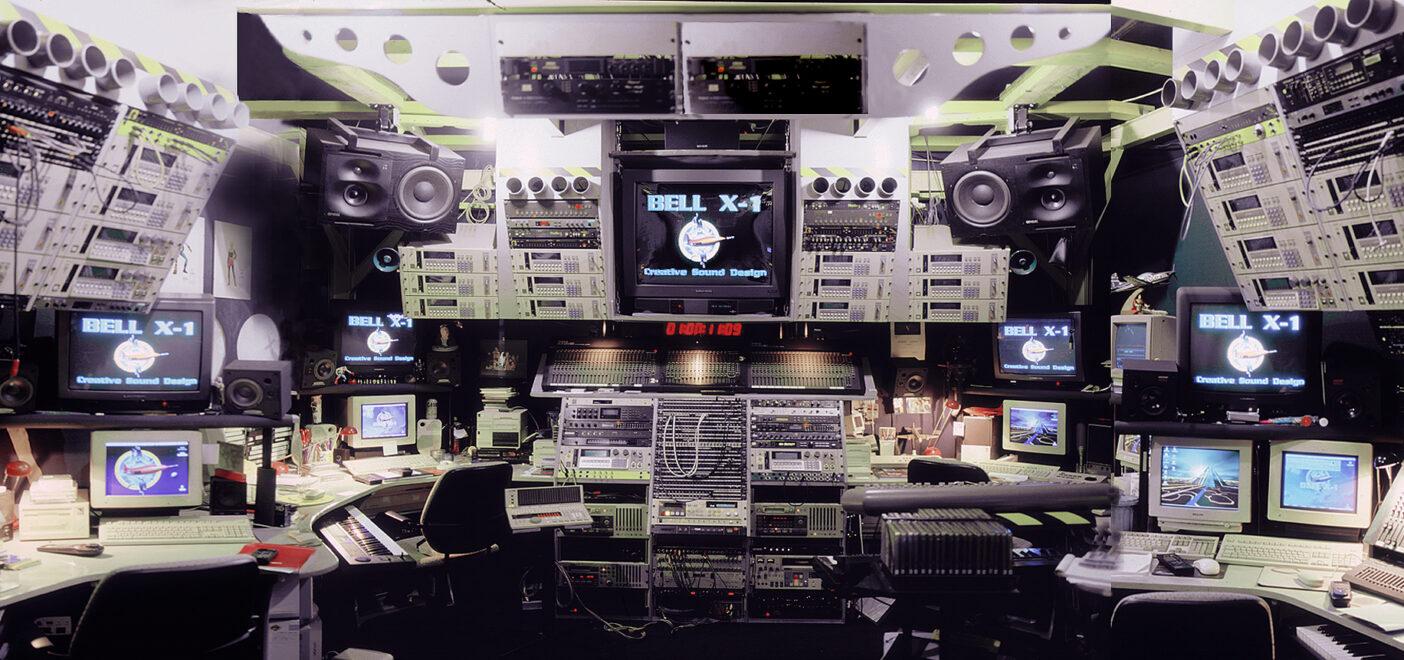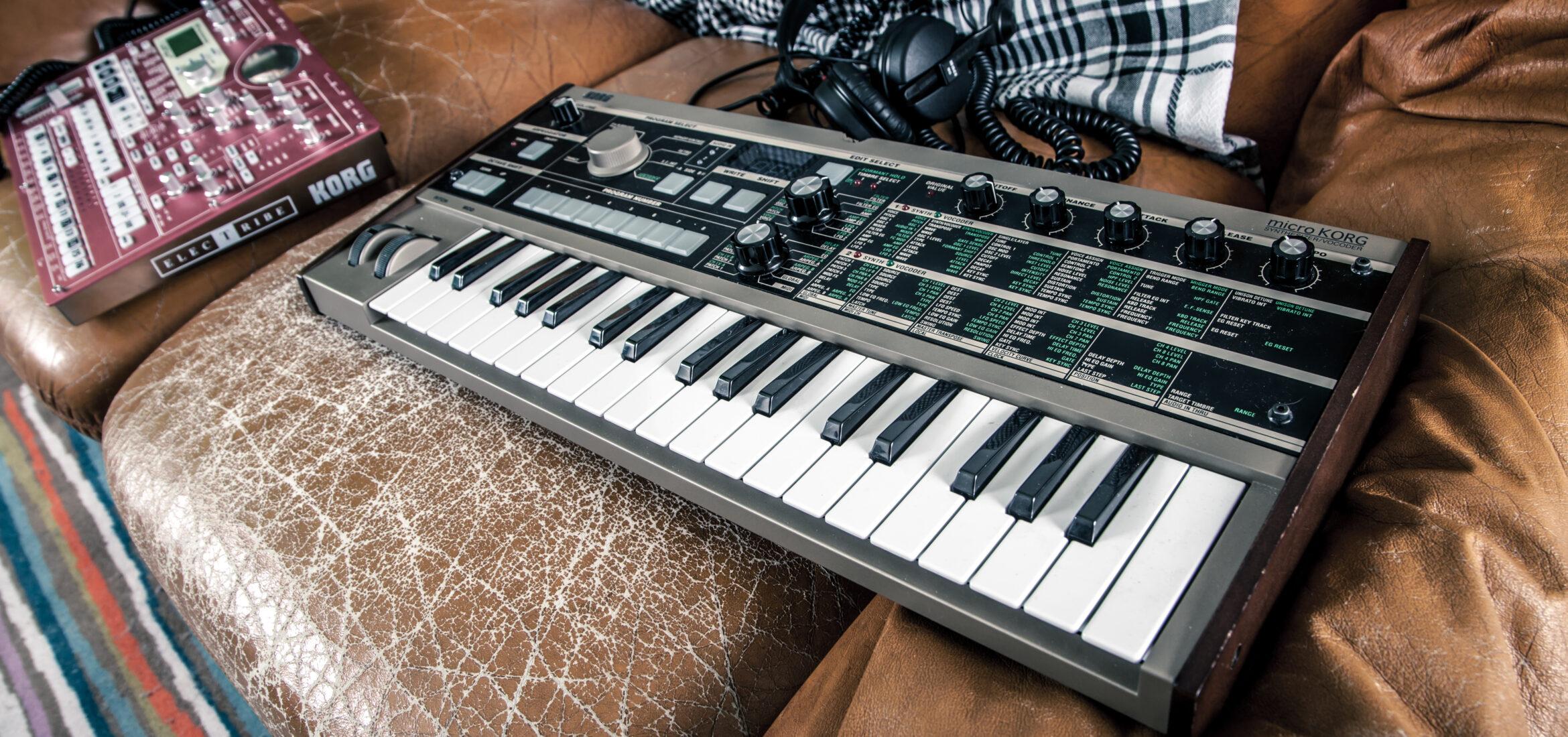Sound design is one of the most enjoyable aspects of making music. Before the modern age, creating sounds was somewhat limited to things you could hit, strike, rub together, or produce with your mouth and body. Sounds occur in nature, such as wind, thunder, earthquakes, and rain. Today, we have an altogether far vaster palette of sounds in our lives. We have the sounds of machinery and the sounds of metropolitan streets. We have digital and analog equipment and mechanisms of all kinds—just think about how many trillions of sounds exist in the universe! It’s nearly infinite…
A Note On CPU Usage
One thing to bear in mind when sound designing is CPU usage. Stacking effects is a quick way to render your project unusably slow, so start getting used to recording out your FX parts. For those who don’t know, this is the practice of routing your tracks to another track and recording it internally within your DAW. For example, an audio track with 10 effects tracks can be output to another audio track and then recorded as fresh audio. You can do this with any track—audio, MIDI, etc.
Sound Design Technique 1 – Location Sound And Sampling
An excellent way to start designing creative sounds is to recording things from your environment. It’s quick, easy, and you can quickly build up a vast quantity of weird and wonderful sounds for manipulation in your DAW. This technique is called Foley, which is the everyday sounds in video to create sound. A famous example would be the lightsaber in Star Wars. This was created from a recording of interference from a TV set into a shieldless microphone. There are tons of examples of songs that have been built around or inspired by environmental sounds, like Mistabishi’s ‘Printer Jam’.
Of course, location sound is a form of and sampling techniques are used to generate sounds for music. Sampling is not quite the same as sound design, but they are still intrinsically linked. Tiny chunks of other tracks or even longer loops can be requisitioned for reuse, manipulation, and redesign.

Sound Design Technique 2 – Plugin Experimentation
Plugins can be used to generate millions of types of random and unique sounds. This is known as plugin abuse or plugin torture—use and abuse! If you apply delays, phasers, and flangers onto a channel, you’ll notice how feedback and noise accumulate into chaos. Refining the controls can result in crazy experimental effects, so get layering, tweaking, and twisting. You’re sure to find some sounds that no one has ever created before.
To better control this technique, you can put several plugins on a bus and then experiment with sending signals to it. Try your lead guitar, recording vocals, or some drums, for example. By automating the send volume, you can have a crushing, experimental effects channel running parallel to your normal signal. Automate the controls of the plugins on the send too for maximum experimental control!
The key to this is being spontaneous and experimental. One example might be to set a flanger to extreme feedback, sync it to your master tempo, and then add a single beat of a 4-bar loop. Once triggered, the flanger will create an extreme effect that lasts just a fraction of a second. You can drop other sounds into your ‘plugin abuse channel’ and really torture them! Automating delays is another great way to create unheard sounds. Automate the delay time in either beats or milliseconds and listen to how the delays bend oddly.
Sound Design Technique 3 – MIDI Effects Chains
Chaining MIDI effects can yield lucrative creative sound design opportunities. A chord generator can create a chord from just one note, which you can then feed into an arpeggiator for instant complex melodic lines from that same note. For example, you could take a 909 tom or snare, or any pitched hit, feed it into a chord generator, and then into an arpeggiator. The most powerful plugin for doing this is Xfer Records Cthulhu. Using chains of MIDI effects with arpeggiators can create weird glitchy effects. You could feed MIDI drums into an arpeggiator to quickly create random grooves that are editable in the arp, acting almost like a sequencer. Using percussive sounds, arpeggiators, and chord generators can yield impressive rhythmic effects.
Sound Design Technique 4: Randomize
This isn’t so different from using chain effects in the plugin torture method; it’s just a bit more random! These techniques are used in a form of music called ‘generative music’. In generative music, random elements within the track combine so the song is never the same each time you listen to it! It’s a very cool concept and a unique way to design sounds.

Many plugins have a randomize setting already with parameters that control how randomly it affects the sound. For example, Native Instruments’ Massive has a set of randomization controls contained within its global tab. Here, in Ableton’s MIDI effects rack, we find the randomize module which can be controlled to influence a sound chaotically or subtly.
Similar controls can be found in many plugins, and when combined, you can create some incredibly glitchy effects.
Of course, we usually want our songs to make musical sense, so you can feed your randomized notes into the Scale module within Ableton or into an arpeggiator to correlate them to a musical progression.

Some plugins allow you to combine your automation. Many Waves plugins, like the fantastic Metafilter, allow you to automate many effects simultaneously. Sometimes, highlighting multiple controls and twisting them all at once can create eccentric textures that change randomly and chaotically.
Sound Design Technique 5: Warp, Shift, and Stretch
Every DAW comes with lots of built-in manipulation tools. You can achieve all sorts of effects using these more traditional controls. You can pitch shift vocals down significantly into rumbling ambient sounds or pitch percussion up into high-pitched, glassy riffs. Shifting and expanding sounds you record from the environment can create otherworldly textures. Try slowing down wind sounds by 10 to 20 times; it’ll turn into a strange evolving texture. These are perfect for intros, outros, ambient sections, or film sound design. You can do anything and undo it with Ctrl + Z, so don’t be afraid!
Conclusion
Sound design techniques are numerous and diverse. Try some of these, and you’re sure to find some unique processes that suit your workflow. Sometimes, the best sounds are found by accident, so keep experimenting!
Sobre el autor

Sam Jeans
Músico, Productor y Redactor de ContenidosSam Jeans es músico, productor e ingeniero de audio. En su breve colaboración con MasteringBOX ha escrito varios artículos interesantes.
Deja un comentario
Inicia sesión para comentar


